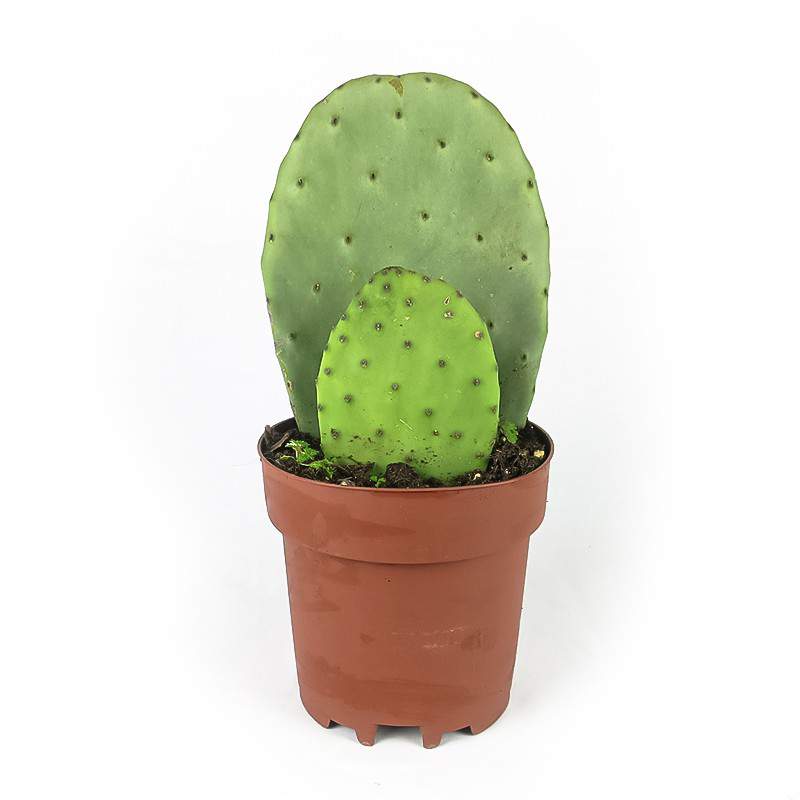- Obecnie brak na stanie





Indeks: TP-10012741C
 PACKAGING AND SHIPPING COSTS
PACKAGING AND SHIPPING COSTSA beautiful succulent plant, easy to grow, the prickly pear is immediately recognizable for its typical large and oval 'blades' that are grafted onto each other. A Mediterranean touch for your home!
Wazon o średnicy zewnętrznej 10 cm, wewnętrznej 9,3 cm z naturalnej terakoty
Opatentowany uchwyt na doniczkę do okien z żaluzjami i bez, z regulacją wysokości, można zamontować w ciągu 1 minuty bez murowania, wersja 60cm.
Klasyczny wazon z czerwonej włoskiej gliny, średnica zewnętrzna 7,5 cm
Produkt o nowoczesnym designie do wnętrz, ogrodów czy tarasów. Solidny i odpowiedni na każde warunki pogodowe.
Opuntia ficus-indica or more familiarly prickly pear is part of the Cactaceae family.
The origins are from Central America but it has also found its natural habitat throughout the Mediterranean.
They often come planted to create fences natural impassable given the massive presence of thorns but they also grow very well in pots. It is a plant succulent and it can even reach 5 meters in height, its thorns, grouped together in tufts, surround the fleshy blades. They love the direct sun and a dry and dry climate that does not go below 5 ° C. Remember that keeping the plant in the cold for too long leads to general decay, lives well in full sun and in poor soils, calcareous sand or stones, acontenting oneself with very little water. And of very easy cultivation in a Mediterranean environment, where it is grown in the open ground, it does not require particular care and also produces the typical fruits with red or orange skin, ripe in late summer and autumn. The prickly pear is appreciated also as pot plant in the North to be cultivated with some attention: in winter it should not be kept in a too hot environment and above all it needs a lot of light. In summer it is best to move it outdoors in the sun.
CARE
The prickly pear cactus can be grown both in the open ground and in pots and requires one land mixed with sand and rocks, very fertilized. The drainage it must be excellent. In winter you can forget to water the prickly pear while in the hot season, from March to October, water when you see the excessively dry and arid soil. Do not exceed with irrigations because you risk the splitting of the blades, called, the cladodes.
The Opuntia are plants Rather wild little time to devote to them will be enough. You can use fertilizers rich in phosphorus and potassium and little nitrogen, taking care not to exceed the doses. Fertilize in the spring season, starting from the end of March.
You will love the flowers of this plant succulents that are quite visible and showy and sprout singly and frequently, resemble a wheel that becomes a fruit oval in shape and full of seeds from the very sweet taste and recognized vitamin properties. The fruits ripen between August and September both in the ground and in pots.